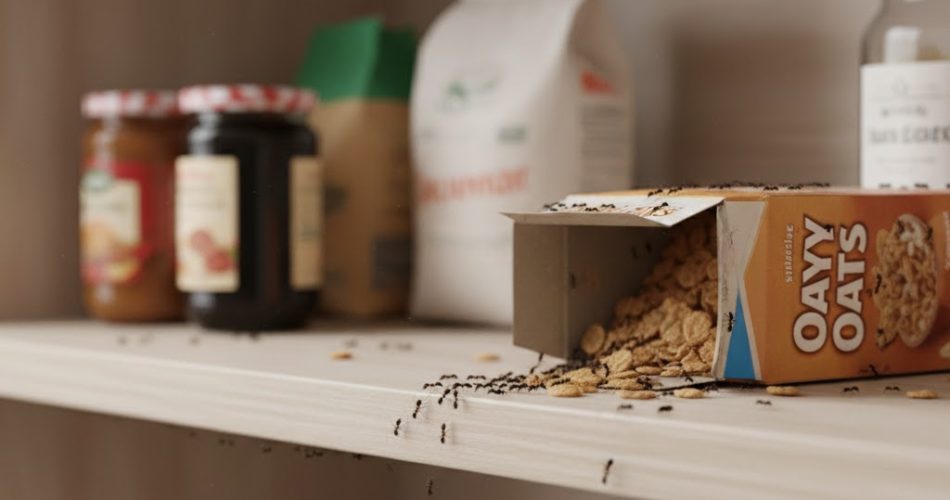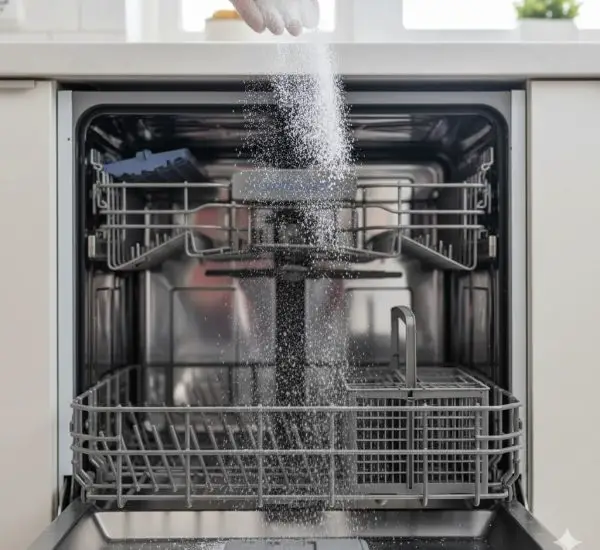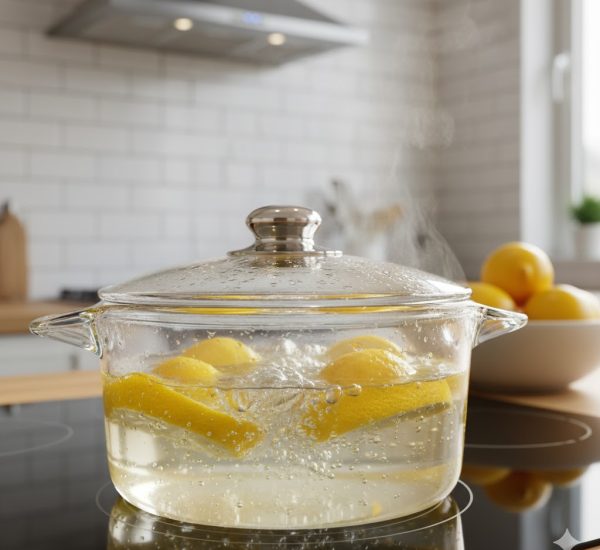Ants in the kitchen can quickly turn from a minor annoyance into a major headache. You may notice just one tiny ant crawling along your countertop, and before you know it, your pantry could be infested with a colony feasting on your food. While these insects are not harmful to humans, their presence in your home can be frustrating and unhygienic. Fortunately, there is a natural, safe, and effective method to keep ants away from your pantry without resorting to harsh chemicals or extermination.
Why Ants Invade Homes
Ants are persistent creatures. Even when we try to keep them away, if they find a reliable source of food or a suitable nesting spot, they tend to return again and again. The presence of ants in a home is not limited to those who have gardens or balconies. These industrious insects are capable of creating tunnels and nests even inside walls and crevices, allowing them to reach higher floors and access indoor spaces through the tiniest openings.
Often, a single crumb or a small food spill in a corner under the kitchen counter is enough to attract the first ant. This lone scout will leave a chemical trail for other ants to follow, quickly leading to a full-scale invasion of your pantry. Once this happens, you might have to discard contaminated food and clean the area thoroughly—efforts that can be repeated if the ants return.
Common Approaches to Dealing with Ants
The market offers numerous solutions for dealing with ants. From chemical sprays to bait traps, these products are designed to either repel ants or eliminate entire colonies. While these methods are effective, they are often harsh, toxic, and unnecessary, particularly when you’re trying to protect food. Chemical repellents can pose risks to your family and pets, and they also harm the environment.
Fortunately, it’s entirely possible to deter ants using natural, non-toxic methods that are safe for humans, pets, and the insects themselves.
A Natural Method to Keep Ants Out
One particularly effective method for keeping ants out of the pantry is called the “bottle cap method.” This simple approach uses ingredients that you likely already have at home: a bottle cap (or small jar lid), sugar, and baking soda. The process is straightforward, inexpensive, and non-toxic.
The Bottle Cap Method
-
Prepare the Cap: Take a clean bottle cap or a small jar lid and place it in the area where you’ve noticed ant activity. Common spots include corners of the pantry, near the baseboards, or on shelves where food is stored.
-
Add Ingredients: In the cap, pour equal parts sugar and baking soda. The sugar acts as a lure, attracting the ants, while the baking soda serves as a deterrent.
-
How It Works: You might wonder why sugar is used, given that it’s a favorite food for ants. The sugar draws them in, but once they encounter the baking soda, they recognize it as an unpleasant substance. Being intelligent and cautious insects, ants associate this smell with danger and quickly avoid the area.
-
Result: Within a short period, ants learn to steer clear of the treated zone, leaving your pantry free from infestation. This method effectively drives them away without harming them, letting them search for food elsewhere naturally.
Why This Method Works
Ants rely heavily on their sense of smell to navigate and locate food sources. By combining a familiar attractant (sugar) with an irritant (baking soda), you trick the ants into associating the area with danger. They begin to avoid it, naturally reducing ant activity in your pantry without the need for toxic chemicals or extermination.
This approach also has the added benefit of being environmentally friendly. Unlike chemical repellents or insecticides, sugar and baking soda are safe to use in kitchens and around food. You don’t risk contaminating your supplies or exposing family members and pets to harmful substances.
Additional Tips to Prevent Ant Infestations
While the bottle cap method is highly effective, you can further reduce the risk of ants by practicing good kitchen hygiene and preventive measures:
-
Store Food Properly: Keep all pantry items in airtight containers. Ants can chew through packaging like cardboard and plastic wraps, so glass or sealed plastic containers are best.
-
Clean Regularly: Wipe down countertops, shelves, and corners to remove crumbs, spills, and residues that attract ants.
-
Check for Entry Points: Seal cracks, gaps, or crevices around windows, doors, and walls to prevent ants from entering.
-
Avoid Excess Moisture: Ants are drawn to water sources. Ensure your kitchen and pantry are dry and free from leaks or standing water.
By combining these practices with the bottle cap method, you create an environment that is inhospitable to ants, keeping your food safe and your pantry ant-free.
A Humane and Effective Approach
One of the greatest advantages of this natural method is its humane aspect. You’re not killing the ants or destroying colonies; you’re simply encouraging them to move on. This makes it a responsible choice for households that wish to manage pests without unnecessary harm to living creatures.
Additionally, this method is cost-effective and sustainable. You’re using inexpensive, safe ingredients that can be easily replaced when needed, making it an ideal solution for long-term ant management.
Conclusion
Ant invasions in the pantry can be a recurring nuisance, but with a simple, natural approach, you can reclaim your kitchen without resorting to harsh chemicals. The bottle cap method, using sugar and baking soda, provides an effective, non-toxic way to deter ants and protect your food. By attracting ants with sugar and repelling them with baking soda, you safely redirect them away from your home.
Combined with good hygiene, proper food storage, and preventive measures, this method ensures that your pantry remains ant-free, your food stays safe, and your household avoids exposure to harmful chemicals. This natural, humane, and cost-effective approach is the ideal solution for anyone looking to keep ants at bay while maintaining a clean, healthy kitchen.



